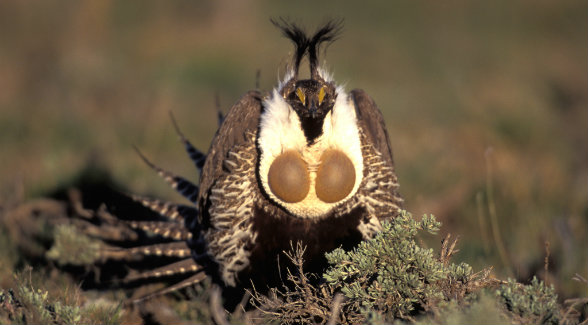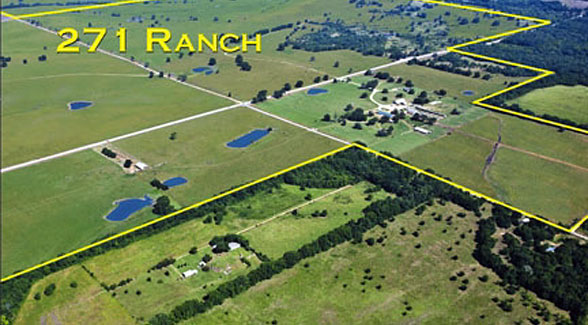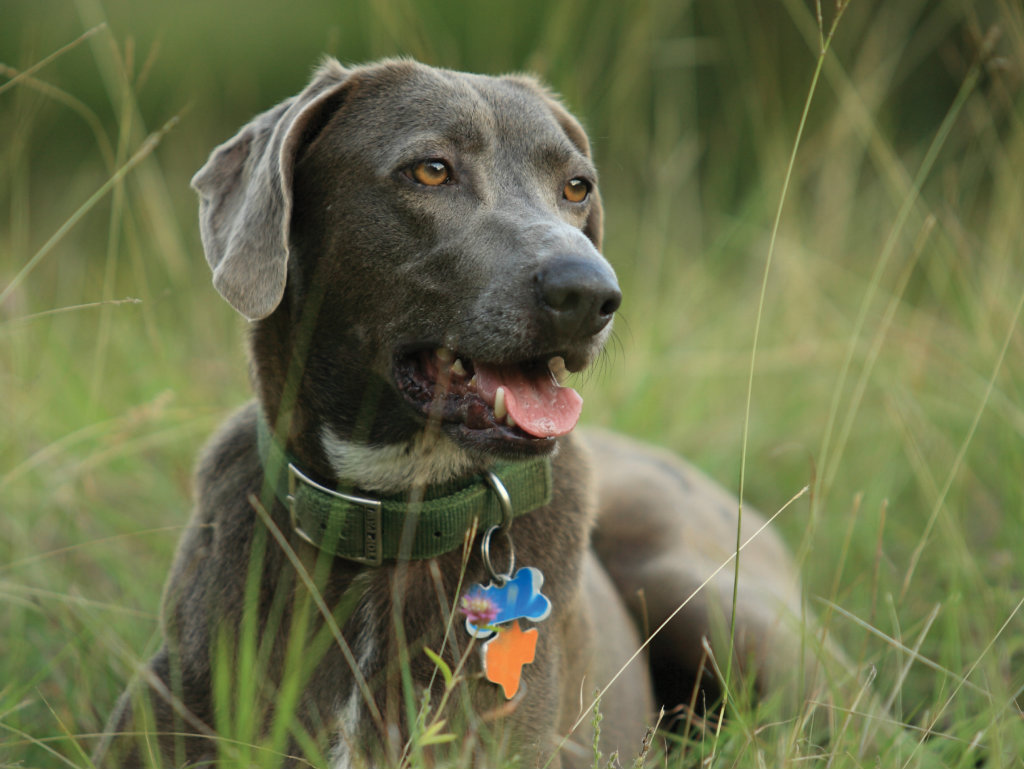Landowners’ voluntary efforts play crucial role.
In mid-September, the Obama administration announced its decision not to designate the greater sage-grouse as an endangered species, heralding the government’s intention to keep a cooperative land-management plan in place. Proponents say an endangered-species designation by the U.S. Fish and Wildlife Service would have likely resulted in wide-ranging economic impacts, hampering everything from oil and gas development to the building of new homes. Instead, a unique public-private partnership has succeeded in safeguarding the bird’s habitat of 165 million acres across 11 western states.
US Interior Secretary Sally Jewell cited voluntary efforts on the part of cattle ranchers to set aside conservation habitats as a key factor. Keeping cows out of known mating grounds via a network of buffer zones has proven one of the main reasons the population of these chicken-like birds has rebounded so significantly.
“Landowners, regional industries, and local, state, and federal governments have worked in close collaboration over many years,” said Colorado Gov. John Hickenlooper. “These improvements will enhance not only sage-grouse, but also all manner of wildlife that are a crucial part of what makes Colorado and the American West the unique place that it is.” Read more HERE.





